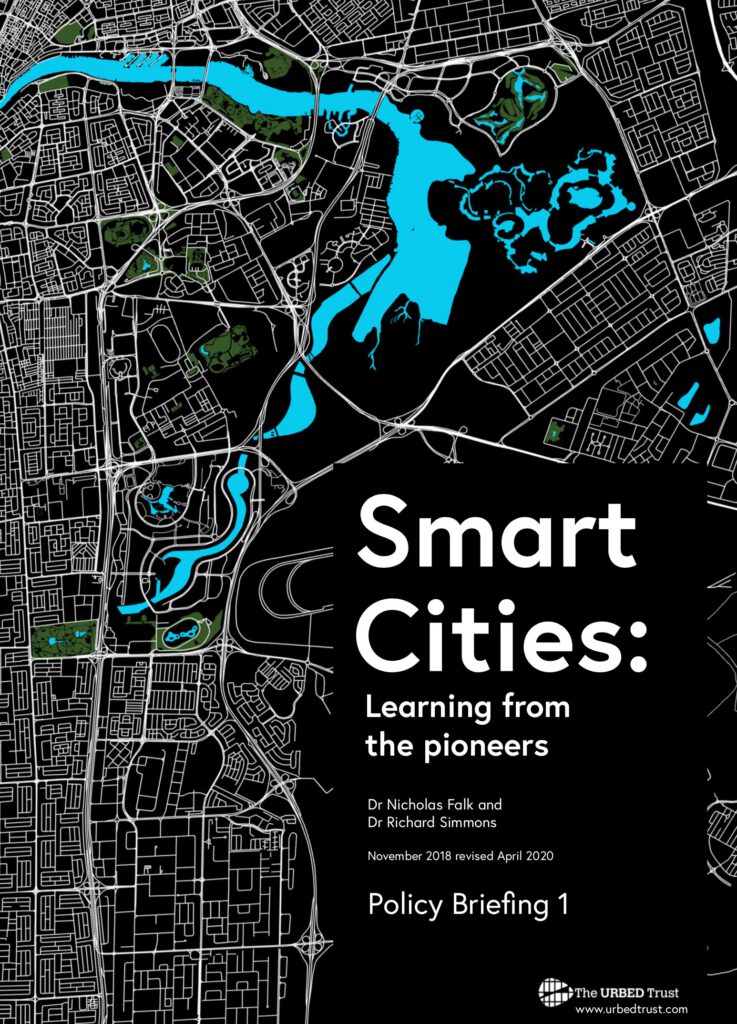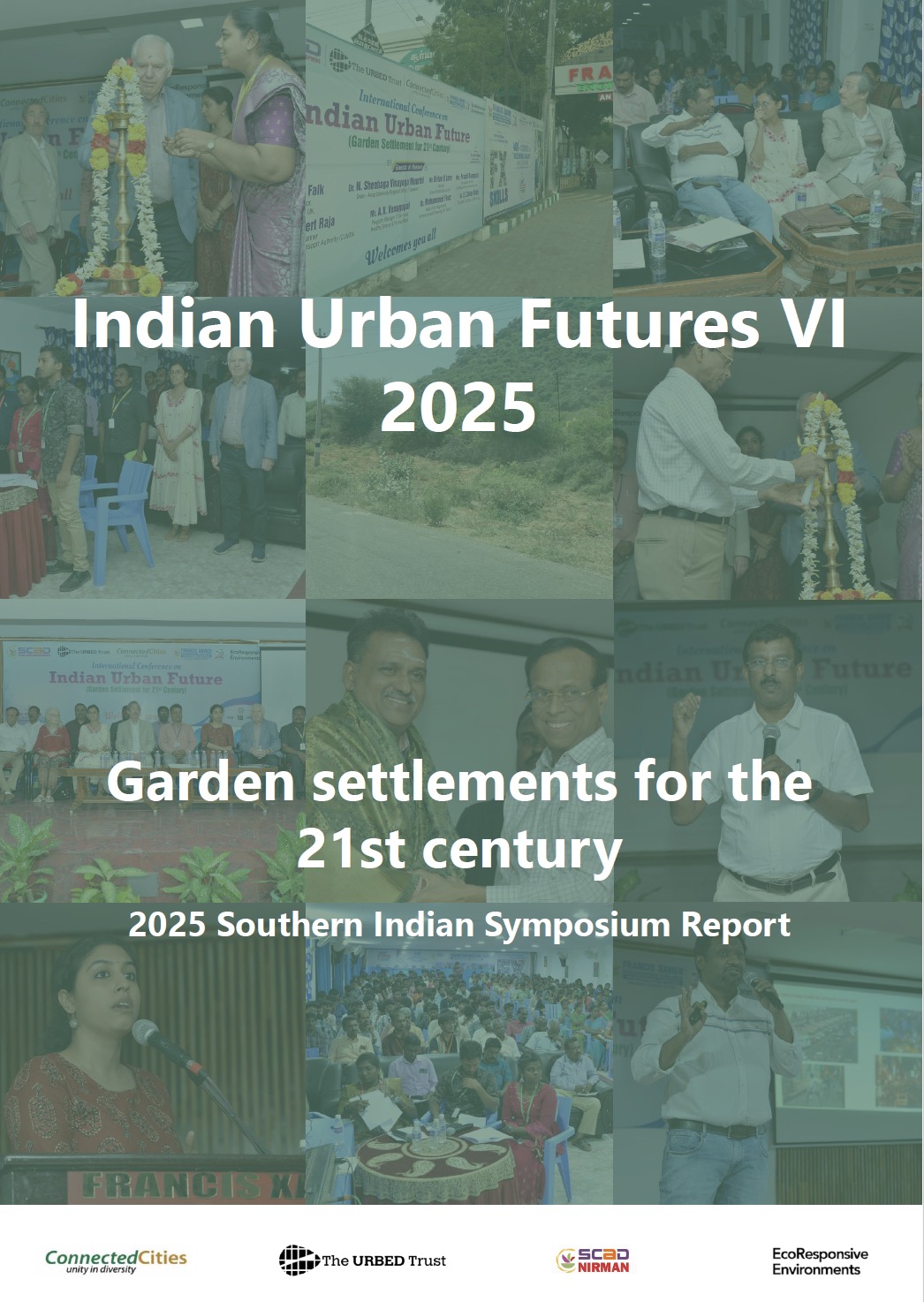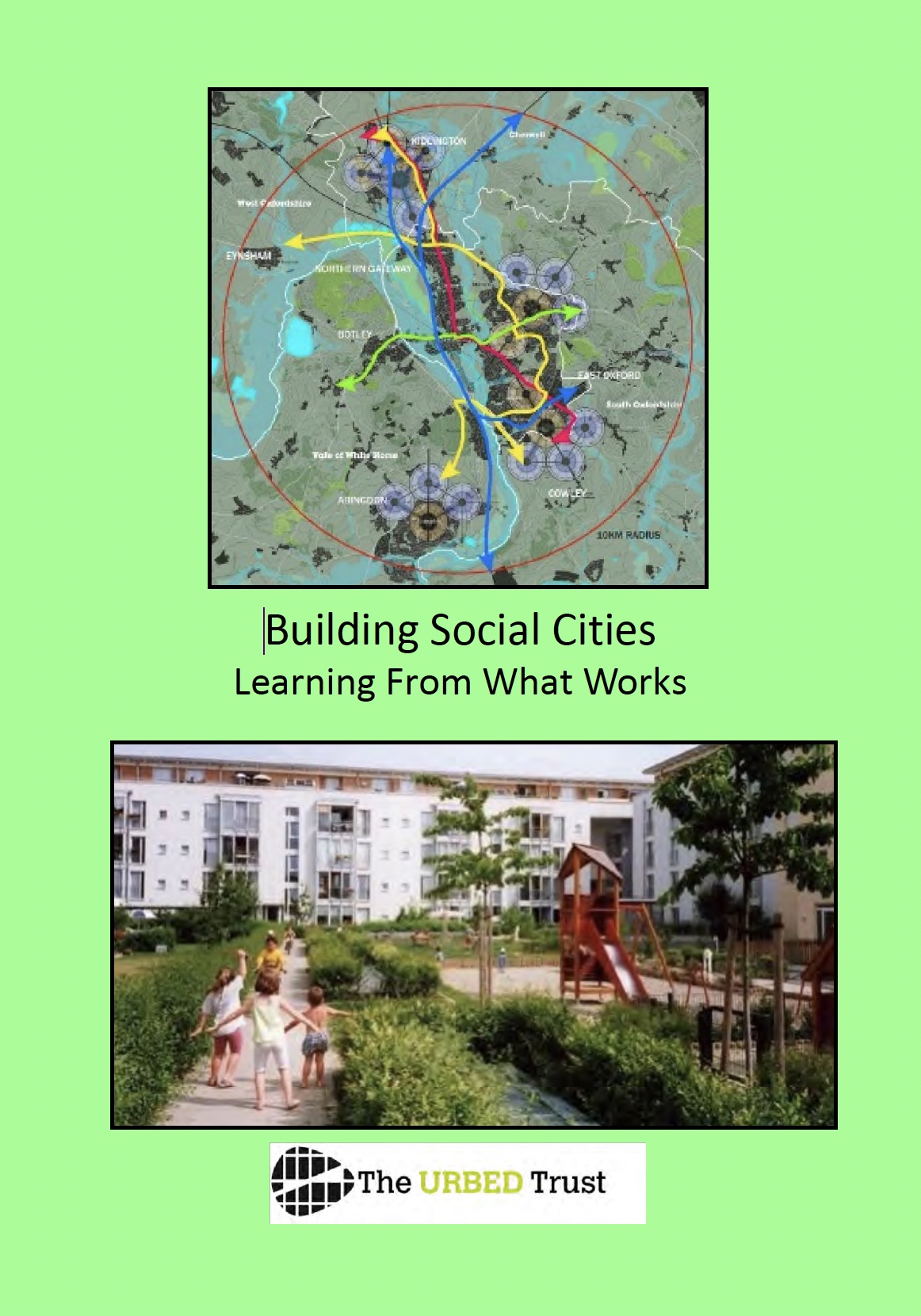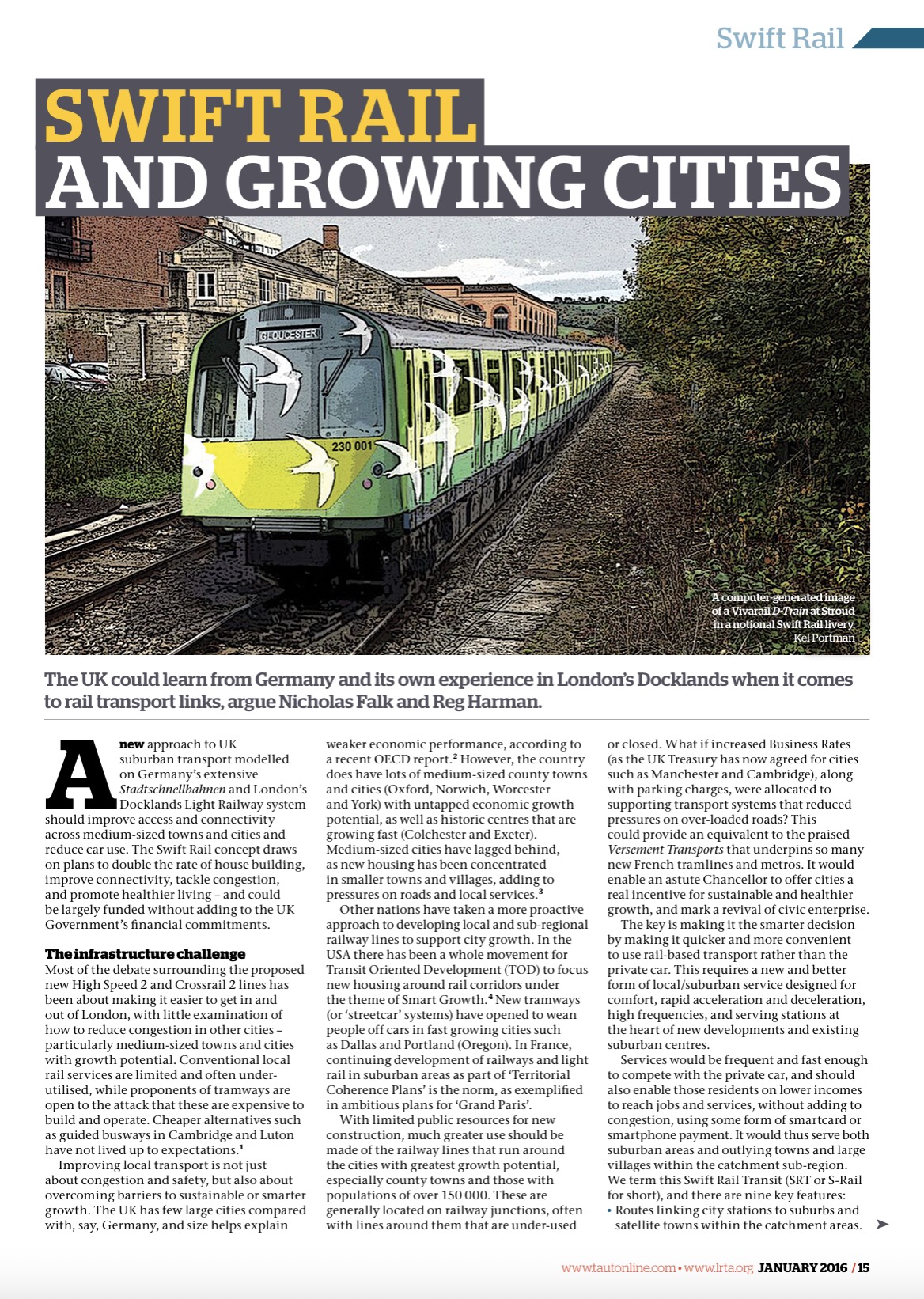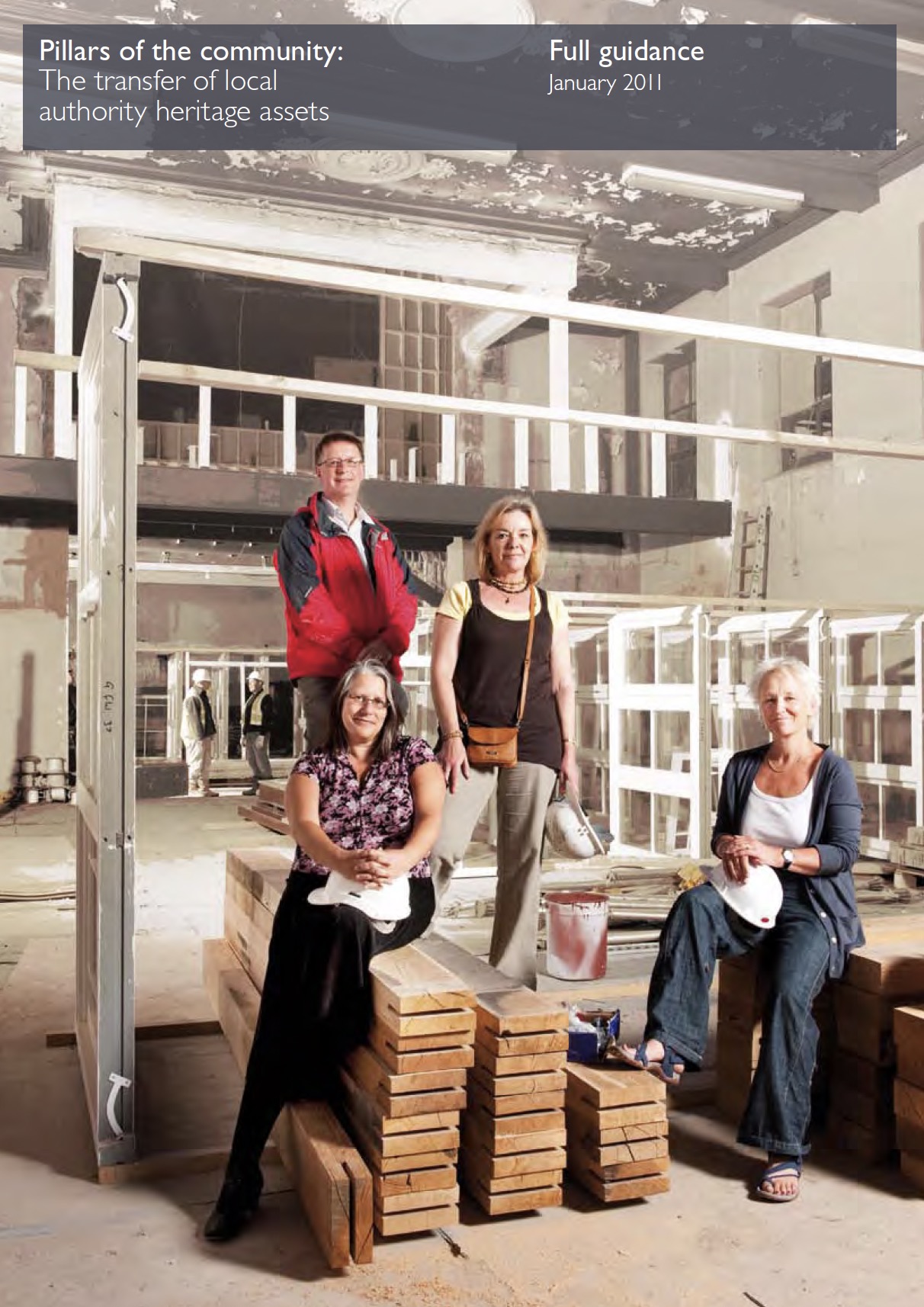The report “Smart Cities: Learning from the Pioneers” offers valuable insights into effective urban planning and development, drawing on exemplary practices from various cities. These examples underscore the importance of strategic planning, social justice, sustainability, and integrated approaches in creating vibrant urban environments.
1. Cambridge, UK: Renowned for its world-class university, Cambridge exemplifies how educational institutions can drive innovation and economic growth. The city fosters collaboration between academia and industry, attracting research leaders and global enterprises. Policymakers should consider embedding educational institutions within urban frameworks to stimulate local economies and enhance the quality of life.
2. Freiburg, Germany: This city stands out for its commitment to sustainability and energy management. Freiburg has implemented ambitious policies that prioritise renewable energy and efficient public transport systems. The integration of green spaces and pedestrian-friendly infrastructure enhances the urban experience. Urban planners can learn from Freiburg’s holistic approach, which balances environmental concerns with social needs, creating a model for sustainable urban living.
3. Palo Alto, USA: As a hub of technological innovation, Palo Alto demonstrates the potential of smart growth. The city’s strategic planning incorporates mixed-use developments and robust transport links, ensuring accessibility and reducing reliance on cars. This model highlights the necessity of forward-thinking policies that embrace technological advancements while fostering community engagement.
4. Singapore: Singapore’s urban landscape showcases the successful application of digital technology in city management. The city-state employs smart solutions to enhance public services, from traffic management to waste disposal. Policymakers should take note of Singapore’s emphasis on data-driven decision-making, which can lead to more efficient and responsive urban governance.
5. Masdar City, UAE: Although still in development, Masdar City aims to be a model for sustainable urban living. It integrates renewable energy, sustainable transport, and innovative architecture. The lessons from Masdar City emphasise the importance of long-term vision and investment in sustainable infrastructure, which can serve as a blueprint for future urban developments.
These examples illustrate that successful urbanisation hinges on collaboration among stakeholders, including government, private sector, and citizens. By fostering partnerships and engaging communities in the planning process, cities can create inclusive environments that address social justice and equity.

